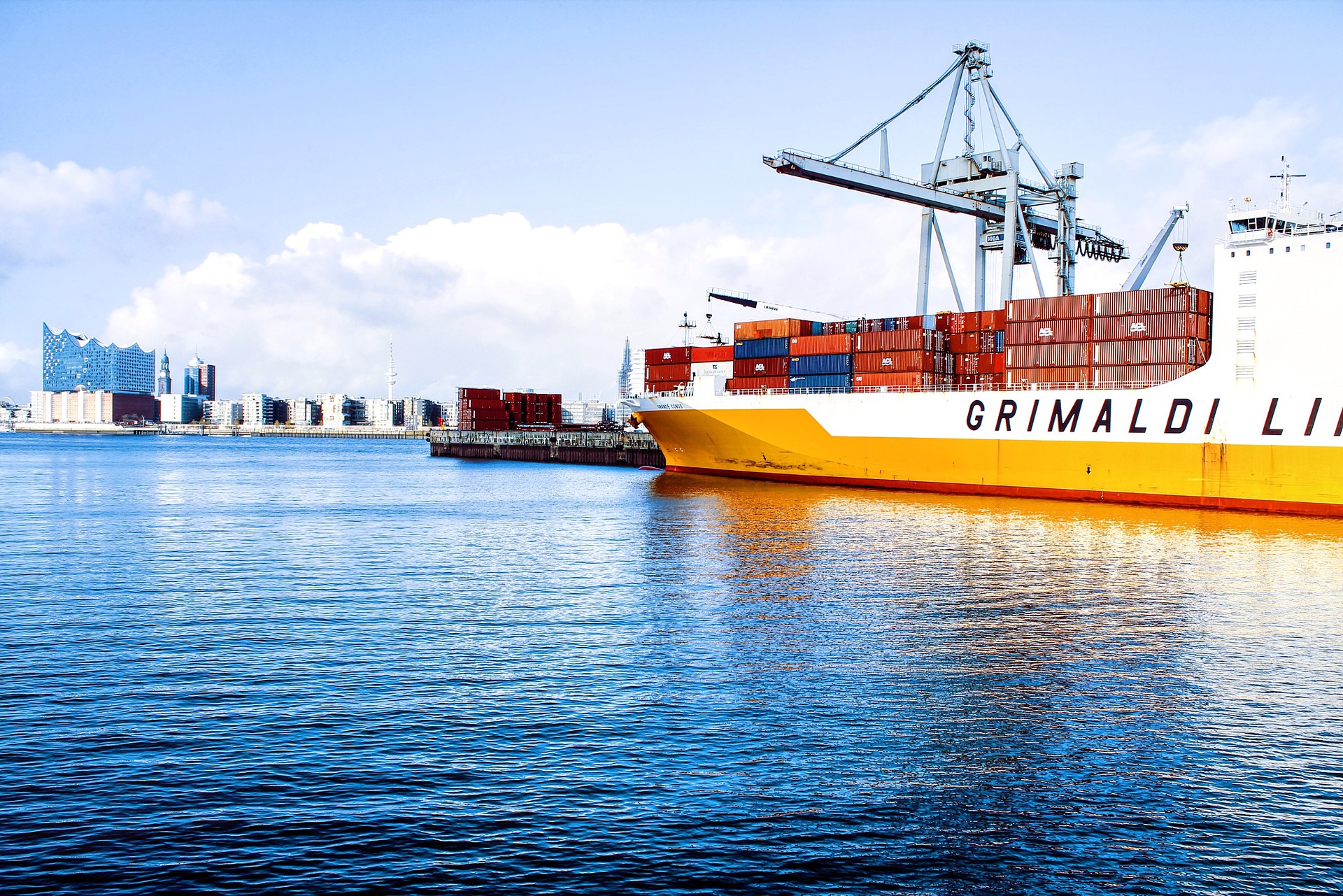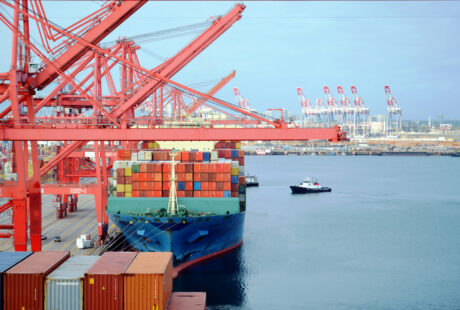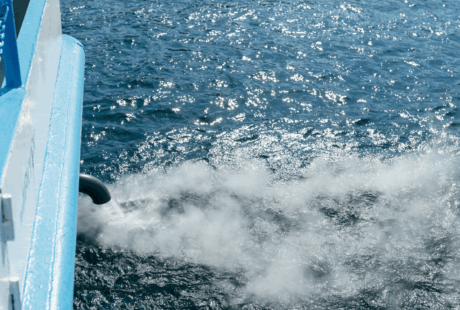An important new independent study, “Impact of slow steaming for different types of ships carrying bulk cargo”, commissioned jointly by Seas At Risk and Transport and Environment, has been published and clearly demonstrates the economic viability of reducing ship speeds to cut shipping GHG emissions.
The study was presented to the Marine Environmental Protection Committee of the International Maritime Organization (IMO) as it discussed potential measures, including reduced ship speed, to implement its 2018 commitment to peak ship GHG emissions as soon as possible and achieve a reduction by at least 50 % by 2050 compared to 2008, while aiming for full decarbonisation. Reducing ship speeds is the most effective way to reduce ship GHG emissions in the short-term but it has been criticised on cost grounds.

There are trade-offs in reducing ship speeds. While it significantly reduces the single biggest operating cost, fuel consumption, (and therefore very effectively reduces CO2 emissions), the extended duration of a ship’s voyage due to slow steaming will lead to additional operating expenditures, e.g for the carrier to cover the additional employment and insurance costs associated with the operation of more ships at any given time in order to maintain levels of delivery. The study makes an in-depth economic analysis of how these cost savings, and cost additions, compared to each other across a range of speed reduction scenarios, vessel segments, and route distances, and whether any cost savings would be passed on to countries (both importers and exporters), or held onto by ship-owners and charterers.
The key findings of the study are the following:
1 – Speed reduction of up to -30% will lead to net cost savings for shipping industry and states in the majority of cases
2 – The highest savings are to be achieved especially when fuel prices are high and ship-owners’ earnings are low, including on long journeys (30,000 nautical miles)
3 – These findings are applicable to long-distance trades like iron ore exports from Brazil to China
4 – Savings will diminish or become negative when fuel prices are very low or if ships slow down too much (beyond -30%). But even in that case the negative cost impacts will likely be insignificant
This study looks at bulk carriers only, but the results are likely hold true for most other ship types too, which are engaged in comparable trades.
Reduced ship speed is gaining momentum also in the corporate world. Ahead of the IMO meeting, over 100 maritime industry chief executives asked with an open letter to IMO delegates to impose a speed limit on commercial vessels so to cut emissions and protect the environment. Will IMO delegates be able to urgently address the challenge of climate change? Reduced ship speeds should be the way ahead.
Posted on: 10 May 2019



